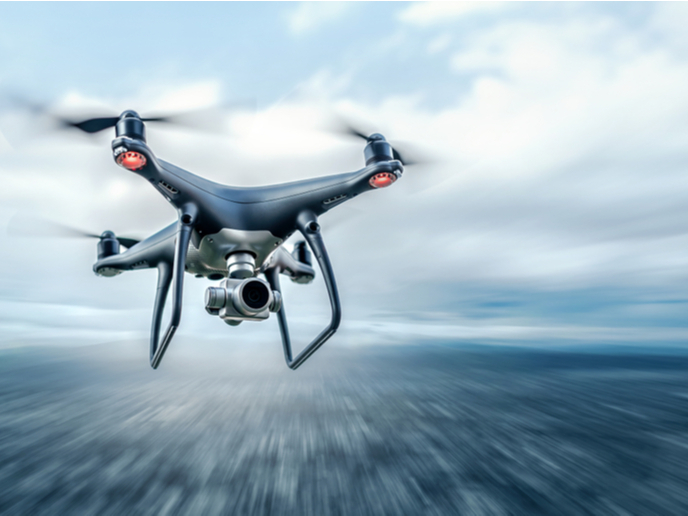How does the public view drones?
Although the predecessors of today’s modern drones appeared over a century ago, drones are still relatively unknown to the general public. In fact, most people aren’t aware that drones can be used by first responders in emergency situations, according to a report(opens in new window) prepared by the EU-funded RESPONDRONE project. According to the report, those people who are somewhat familiar with drones mainly associate them with amateur photography and videography, toys for children or military operations. Additionally, urban dwellers are more likely to have encountered drones than people living in rural areas. Aiming to identify the benefits and obstacles influencing public acceptance of drone technologies, the RESPONDRONE team held 12 focus group discussions in 6 countries, the result of which was the above-mentioned report. The countries (Armenia, Bulgaria, France, Greece, Latvia, the Netherlands) were carefully selected to represent different cultural contexts in Europe and beyond. The focus group discussions revolved around a questionnaire with eight questions dealing with participants’ views and reactions to drones. “The answers indicate that drones still appear to be new and somewhat unknown to the vast majority,” remarked Max Friedrich of project coordinator German Aerospace Center in a news release(opens in new window) published on the ‘Cision PR Newswire’ website.
Concerns and recommendations
In the discussions, feedback on the acceptance of drone operation was split. Greece and France held predominantly negative views of drones, mainly because of concerns relating to privacy and security. A more neutral stance was adopted by the remaining four countries, which nevertheless expressed reservations about how drones could be used for surveillance and security purposes. Another concern raised was the noise that drones create. Despite most participants’ aversion to having drones operating directly over their homes or recreational areas, “they would be willing to tolerate some disturbance if it were for the purpose of saving lives or mitigating disasters,” according to the RESPONDRONE report. It was generally agreed that being informed in advance of emergency drills and operations would make people more comfortable and ease any security and privacy concerns they might have. It was also observed that drones on emergency missions aren’t easy to identify. “In light of the findings, ResponDrone recommends that emergency drones carry special identification, such as a specific colour or a logo, make distinctive sounds or have unique lights. Further, it is recommended that the residents are informed about flights and drills beforehand,” stated Friedrich in the news release. Next, the RESPONDRONE (NOVEL INTEGRATED SOLUTION OF OPERATING A FLEET OF DRONES WITH MULTIPLE SYNCHRONIZED MISSIONS FOR DISASTER RESPONSES) team will be developing a strategy to increase people’s acceptance of using drones in emergency situations. These efforts form part of the project team’s ultimate mission to help emergency response teams respond more rapidly, effectively and efficiently in emergencies and disasters, therefore saving more lives. For more information, please see: RESPONDRONE project website(opens in new window)



